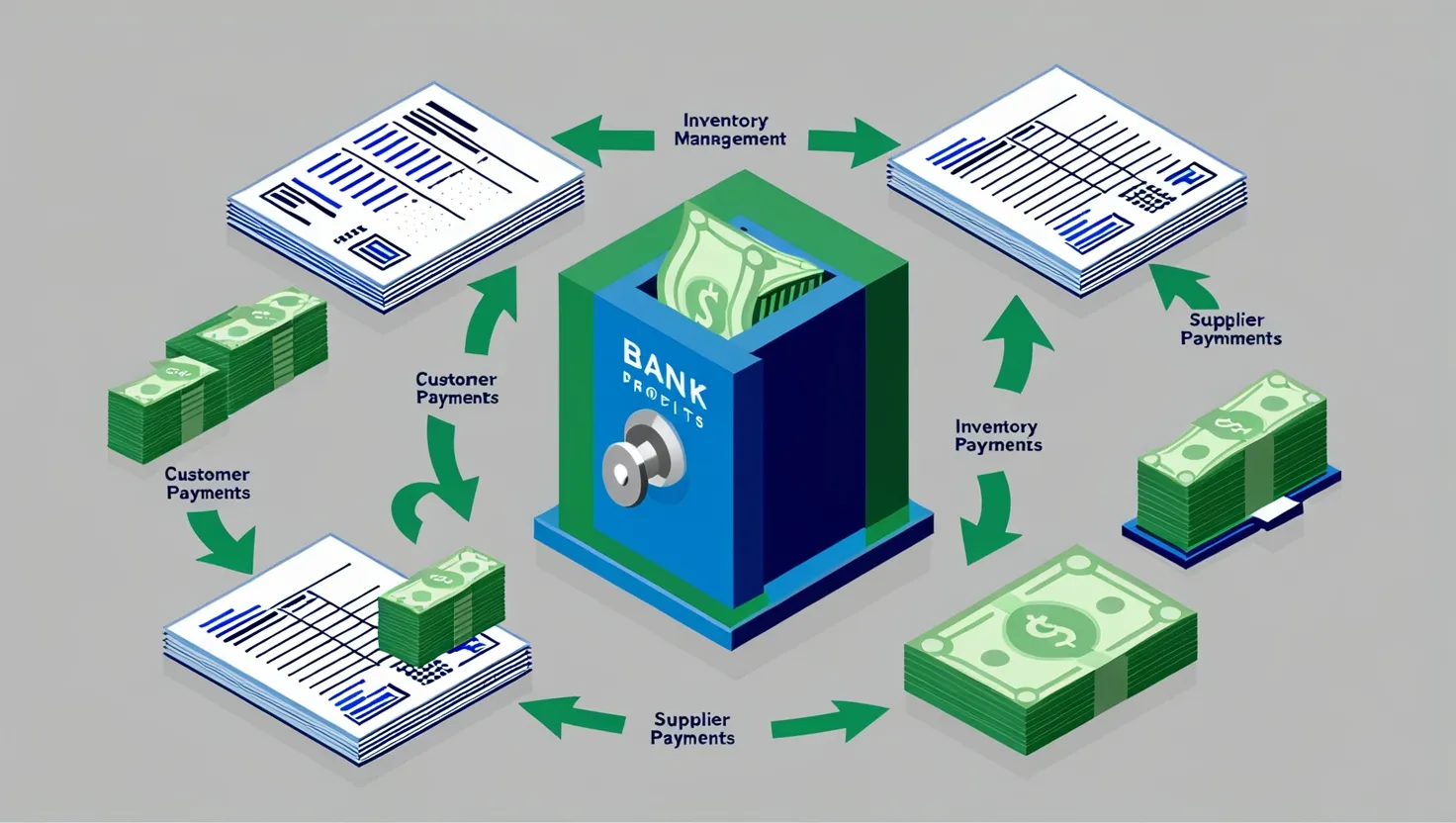Value investing has long been a cornerstone of successful portfolio management, with pricing power analysis emerging as a critical tool for identifying companies poised for long-term success. As we delve into this fascinating realm, we’ll explore five potent strategies that savvy investors employ to uncover businesses with sustainable pricing power across diverse market conditions.
At its core, pricing power refers to a company’s ability to raise prices without experiencing a significant drop in demand or market share. This attribute is a hallmark of robust businesses, often indicating strong brand loyalty, unique product offerings, or dominant market positions. For value investors, identifying companies with pricing power can be akin to discovering hidden gems in a vast economic landscape.
Let’s begin our journey by examining the first strategy: analyzing gross margin trends. This approach involves scrutinizing a company’s financial statements over extended periods, paying close attention to the consistency and trajectory of gross margins. Companies that maintain or expand their gross margins, especially during economic downturns, often possess formidable pricing power.
Consider this quote from Warren Buffett:
“The single most important decision in evaluating a business is pricing power. If you’ve got the power to raise prices without losing business to a competitor, you’ve got a very good business. And if you have to have a prayer session before raising the price by 10 percent, then you’ve got a terrible business.”
Buffett’s words underscore the significance of pricing power in determining a company’s long-term viability and profitability. As we analyze gross margins, we must ask ourselves: Does this company consistently outperform its peers in terms of profitability? Has it demonstrated resilience during economic downturns?
Moving on to our second strategy, we focus on assessing customer concentration and loyalty. Companies with a diverse customer base and high retention rates are often better positioned to exercise pricing power. By examining customer churn rates, contract lengths, and the cost of switching to competitors, we can gauge a company’s pricing leverage.
Imagine a software company that provides mission-critical solutions to a wide range of industries. If its products are deeply integrated into customers’ operations and the cost of switching is prohibitively high, this company likely possesses significant pricing power. The key question here is: How entrenched are this company’s products or services in its customers’ daily operations?
Our third strategy involves evaluating a company’s competitive position within its industry. This approach requires a deep dive into market dynamics, barriers to entry, and the company’s unique selling propositions. Companies that occupy dominant positions in oligopolistic markets or those with significant intellectual property protection often enjoy greater pricing power.
Consider the following quote from Michael Porter:
“The fundamental basis of above-average performance in the long run is sustainable competitive advantage.”
Porter’s insight reminds us that pricing power is often a byproduct of a strong competitive moat. As we analyze a company’s market position, we should ask: What unique advantages does this company possess that its competitors cannot easily replicate?
The fourth strategy in our arsenal is examining a company’s brand strength and customer perception. Brands that command strong emotional connections or are perceived as premium offerings often have more leeway in pricing decisions. This strategy involves analyzing brand equity, customer satisfaction scores, and social media sentiment.
Luxury goods companies, for instance, often demonstrate exceptional pricing power due to the prestige associated with their brands. The critical question here is: Does this company’s brand evoke a sense of quality, exclusivity, or indispensability that justifies premium pricing?
Our fifth and final strategy focuses on assessing a company’s ability to innovate and adapt to changing market conditions. Companies that consistently introduce new products or services, or find novel ways to add value to existing offerings, are better positioned to maintain pricing power over time.
Consider this quote from Jeff Bezos:
“Your margin is my opportunity.”
Bezos’s words serve as a reminder that complacency can erode pricing power. Companies that rest on their laurels may find their margins under attack from nimble competitors. As we evaluate a company’s innovation pipeline, we should ask: How does this company stay ahead of the curve in meeting evolving customer needs?
As we apply these strategies, it’s crucial to remember that pricing power is not a static attribute. It requires constant nurturing and protection. Companies that successfully maintain pricing power often reinvest in their competitive advantages, whether through research and development, marketing, or strategic acquisitions.
Moreover, the interplay between these strategies often yields the most insightful analysis. A company with strong brand recognition, a loyal customer base, and a track record of innovation is likely to exhibit more resilient pricing power than one that excels in only one area.
It’s also worth noting that pricing power can manifest differently across industries. In some sectors, it might be reflected in the ability to charge premium prices, while in others, it could be the capacity to maintain prices in the face of rising costs.
As value investors, our goal is to identify companies that not only possess pricing power today but are well-positioned to maintain it in the future. This requires a holistic approach that combines quantitative analysis of financial metrics with qualitative assessment of market dynamics and company strategy.
In conclusion, pricing power analysis is a powerful tool in the value investor’s toolkit. By employing these five strategies – analyzing gross margin trends, assessing customer concentration and loyalty, evaluating competitive position, examining brand strength, and assessing innovation capabilities – we can uncover companies with durable competitive advantages and long-term value creation potential.
As we navigate the complex world of value investing, let’s remember that pricing power is often a symptom of underlying business strength. Our task is to look beyond the numbers, understand the fundamental drivers of a company’s success, and identify those rare businesses that can consistently deliver value to both customers and shareholders.
In the words of Benjamin Graham, the father of value investing:
“The intelligent investor is a realist who sells to optimists and buys from pessimists.”
Perhaps we might add that the truly intelligent investor is one who recognizes the enduring value of pricing power in an ever-changing economic landscape. As we continue our journey in value investing, let’s keep our eyes open for those companies that not only survive but thrive by maintaining their pricing power through thick and thin.






